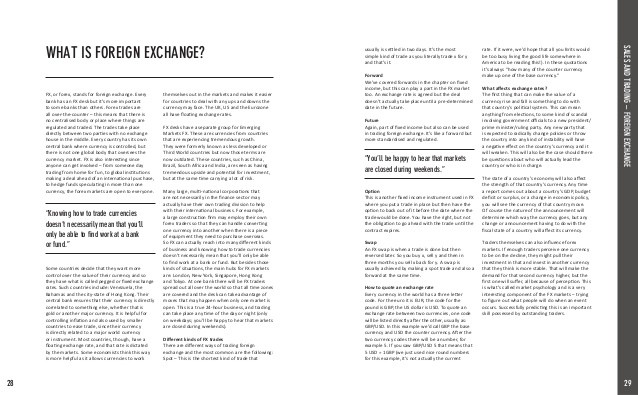An Inside Look at ExchangeTraded Funds
Post on: 12 Апрель, 2015 No Comment

by Rochelle Antoniewicz and Jane Heinrichs
Exchange-traded funds (ETFs) have been one of the most successful financial innovations in recent years.
Since the introduction of ETFs in the early 1990s, demand for these funds has grown markedly in the United States, as both institutional and individual investors have increasingly found their features appealing.
In the past decade alone, total net assets of ETFs have increased nearly twelvefold, from $151 billion at year-end 2003 to $1.8 trillion as of June 2014, as shown in Figure 1 .
With the increase in demand, sponsors have offered more ETFs with a greater variety of investment objectives.
Like mutual funds, ETFs are a way for investors to participate in the stock, bond and commodity markets; achieve a diversified portfolio; and gain access to a broad array of investment strategies.
Although total assets managed by stock, bond and hybrid mutual funds are significantly larger ($13.1 trillion) than those of ETFs ($1.8 trillion), ETFs share of their combined assets has increased considerablyfrom less than 3% at year-end 2003 to a little more than 12% by June 2014.
What Is an ETF?
An ETF is a pooled investment vehicle with shares that can be bought or sold throughout the day on a stock exchange at a market-determined price.
In most cases, an ETF is index-baseddesigned to track the performance of a specified index or, in some cases, a multiple, an inverse, or a multiple inverse of its index (commonly referred to as leveraged or inverse ETFs).

Actively managed ETFs, which do not seek to track the return of a particular index, have been available to investors only since 2008. As of June 2014, there were 78 actively managed ETFs, with about $15 billion in total net assets.
SPECIAL OFFER: Get AAII membership FREE for 30 days!
Get full access to AAII.com, including our market-beating Model Stock Portfolio, currently outperforming the S&P 500 by 4-to-1. Plus 60 stock screens based on the winning strategies of legendary investors like Warren Start your trial now and get immediate access to our market-beating Model Stock Portfolio (beating the S&P 500 4-to-1) plus 60 stock screens based on the strategies of legendary investors like Warren Buffett and Benjamin Graham. PLUS get unbiased investor education with our award-winning AAII Journal. our comprehensive ETF Guide and more – FREE for 30 days
ETFs Offer a Number of Benefits
Several factors have contributed to the growing popularity of ETFs. Some of these factors are related to specific features of ETFs that investors find attractive, while others are related to general trends in investing and money management that have developed more recently.
- Intraday tradability. An ETF is essentially a mutual fund that has a secondary market. This means that investors buy or sell existing ETFs shares at market-determined prices during trading hours on stock exchanges, in dark pools, or on other trading venues. This feature gives investors liquidity and quick access to different types of asset classes.
- Transparency. Generally, the price that an ETF trades at in the secondary market is a close approximation to the market value of the underlying securities that it holds in its portfolio. This fairly tight relationship makes ETFs a convenient and easy option for investors who want to minimize the possibility that the share price could trade at a substantial premium or discount to the net asset value (NAV) of the fund (as can happen in a closed-end fund).
- Tax efficiency. As discussed below, investors have been attracted to ETFs because they typically do not distribute capital gains.














